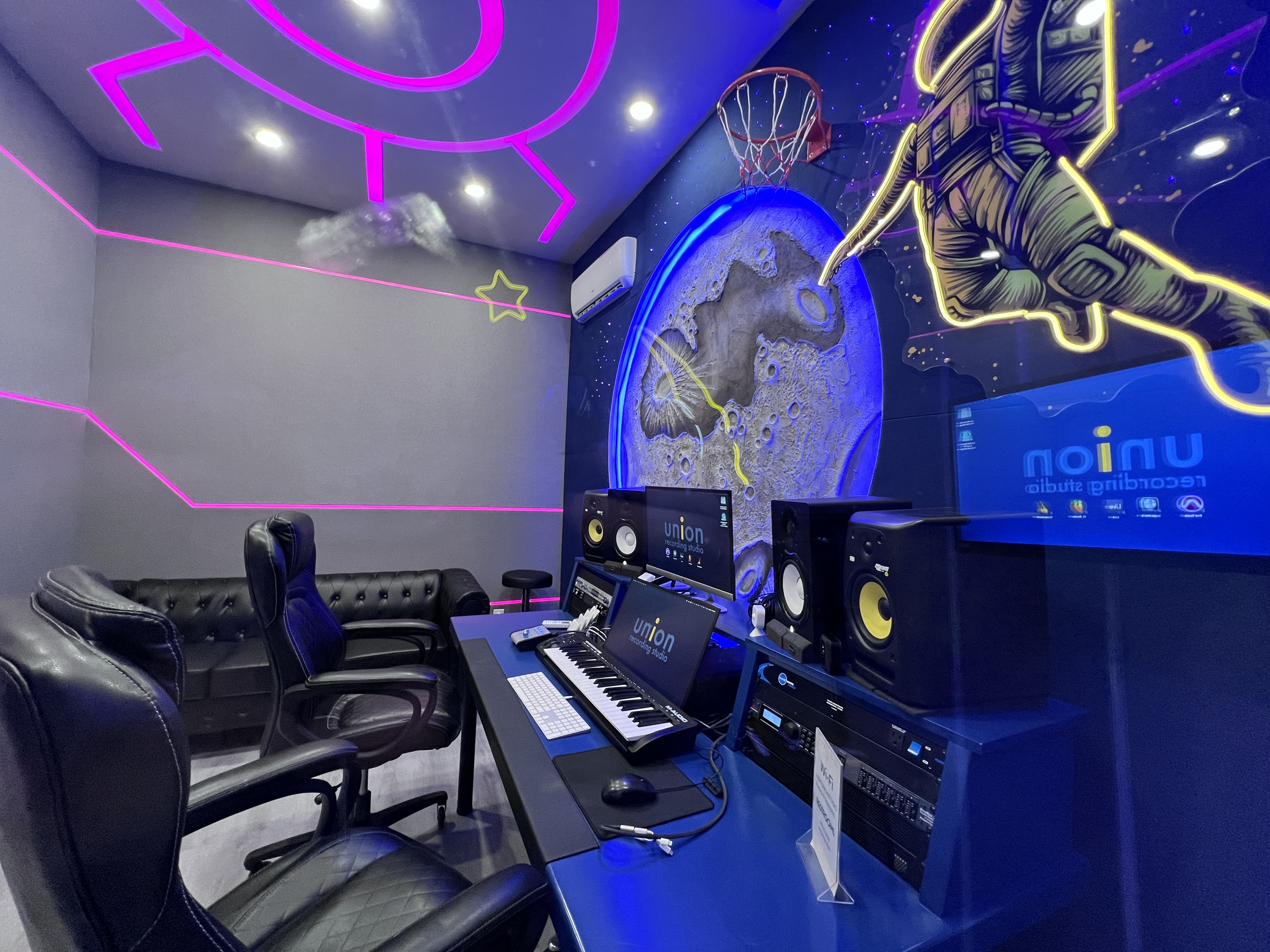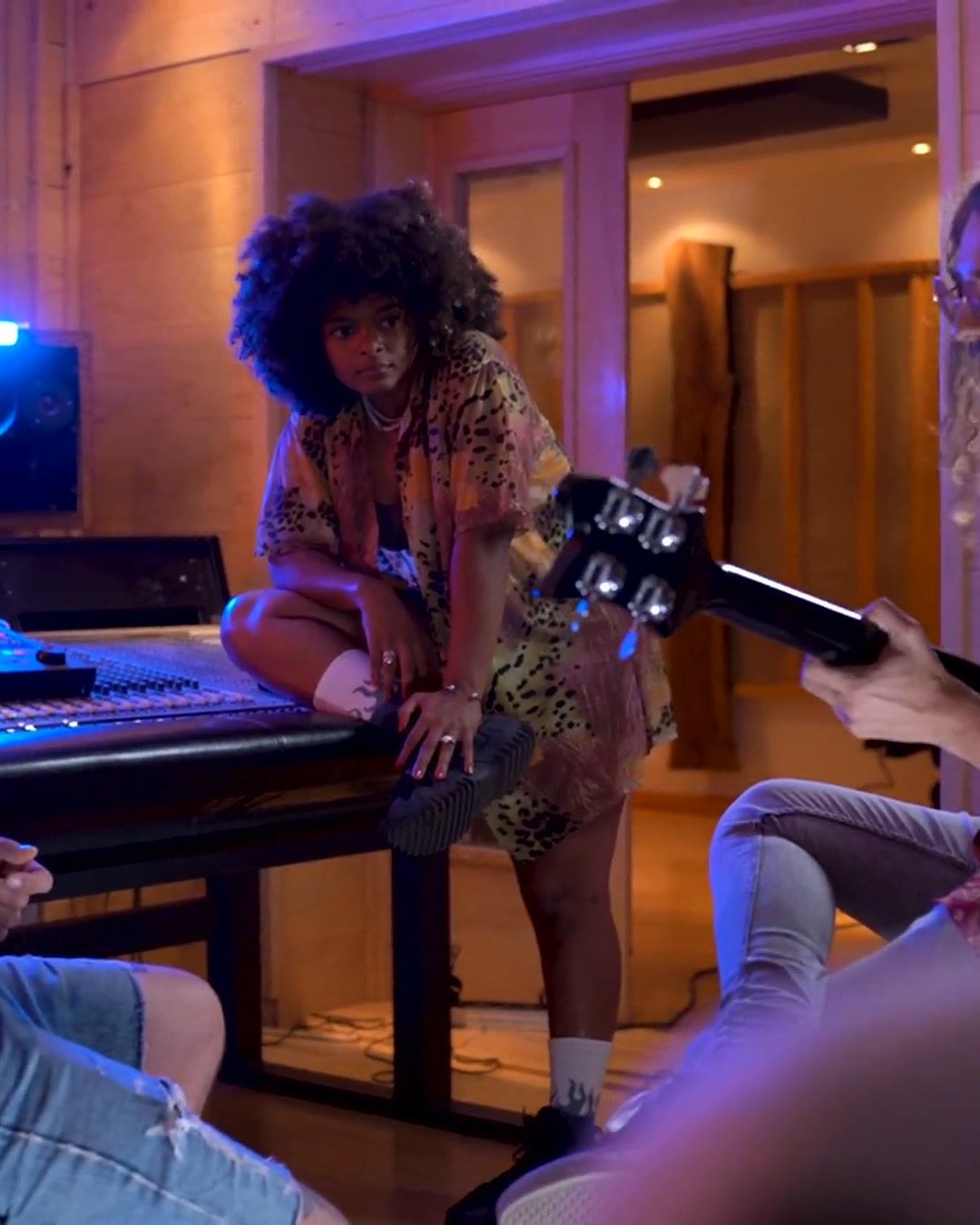Crafting a Music Resume and Bio That Opens Doors to Licensing Success
Crafting a Music Resume and Bio That Opens Doors to Licensing Success
Crafting a music resume and bio that grab attention isn’t about listing every gig you’ve played. Independent artists often miss the mark by leaving out what makes their story and sound unique. Nail these basics, and you’ll open doors to real licensing opportunities that push your career forward. Here’s how to build a professional portfolio that music industry pros actually want to see. Explore some quick tips for writing a professional music resume.
Building Your Music Resume

Creating a music resume is your first step to showcasing your talent in a professional light. This document should reflect not just your gigs, but the impact you’ve had in the music scene.
Highlighting Key Achievements
To start, focus on what truly sets you apart. Think about the moments that defined your career. Have you played at a notable venue or collaborated with a well-known artist? These are highlights you shouldn't overlook.
Capture the Essence: Instead of listing every performance, select those that truly matter. A headline performance or a festival appearance can be your selling point.
Be Specific: Numbers tell a story. If you've performed over 100 shows or have a track with thousands of plays, include those figures. They provide tangible proof of your success.
Remember, most people think a long list of gigs proves talent, but quality often trumps quantity. Get inspiration from these music resume examples.
Tailoring for Licensing Opportunities
Once your achievements are outlined, it's time to think about who you’re sending this to. Licensing agents look for music that fits specific needs. Tailor your resume with this in mind.
Targeted Approach: Highlight tracks that have been used commercially or that have licensing potential. This might include songs with universal themes or high-quality production.
Professional Presentation: Ensure your resume looks polished and professional. A cluttered or poorly formatted document can easily be overlooked.
The longer you wait to craft a well-tailored resume, the more opportunities you might miss. Your resume is a gateway to music industry success.
Crafting a Compelling Music Bio

Your music bio is where your story comes to life. It's a chance to connect with the reader and make them care about your journey.
Sharing Your Unique Story
Everyone loves a good story, and your path as an artist is no exception. This is your opportunity to share what makes you unique.
Start Strong: The first few lines should grab attention. Why do you make music? What's your mission?
Be Relatable: Share your journey, including struggles and triumphs. Most people think success is instant, but your story can reveal the true path of persistence.
Engage your audience by weaving in personal anecdotes or experiences that have shaped your music. For more tips on writing an engaging bio, check out this guide.
Engaging Music Industry Pros
Your bio should not only tell your story but also engage industry professionals. Make them see why you're worth their time.
Highlight Achievements: Mention any awards, chart positions, or notable collaborations.
Keep It Concise: While your story is important, keep it to the point. Industry pros often skim bios, so make every word count.
Many believe that a detailed bio guarantees interest, but brevity can be just as powerful. Discover more insights on writing a performer bio.
Assembling a Professional Portfolio

After crafting your resume and bio, the final step is to assemble a professional portfolio. This is where you showcase your best work in a comprehensive package.
Essential Elements to Include
Your portfolio should be a one-stop shop for everything a music professional needs to know about you.
High-Quality Recordings: Include your top tracks. These should be mixed and mastered to industry standards.
Visuals: Incorporate professional photos, album art, and any video content that represents your brand.
Most people think a portfolio is just about the music, but visuals add another layer of engagement. Here’s a guide to help with your portfolio.
Showcasing High-Quality Recordings
Having high-quality recordings is crucial. They reflect your professionalism and readiness for serious opportunities.
Select Your Best: Choose tracks that demonstrate versatility and quality.
Ensure Easy Access: Whether it’s a streaming link or a downloadable file, make sure your music is easily accessible.
Showcasing well-produced tracks can make the difference between getting a foot in the door or staying outside. Your recordings are a testament to your dedication to craft and quality.
By focusing on these aspects, you create a complete package that not only tells your story but also presents you as a serious contender in the music industry. Your music resume, bio, and portfolio are not just documents; they are your gateway to new opportunities and industry recognition.